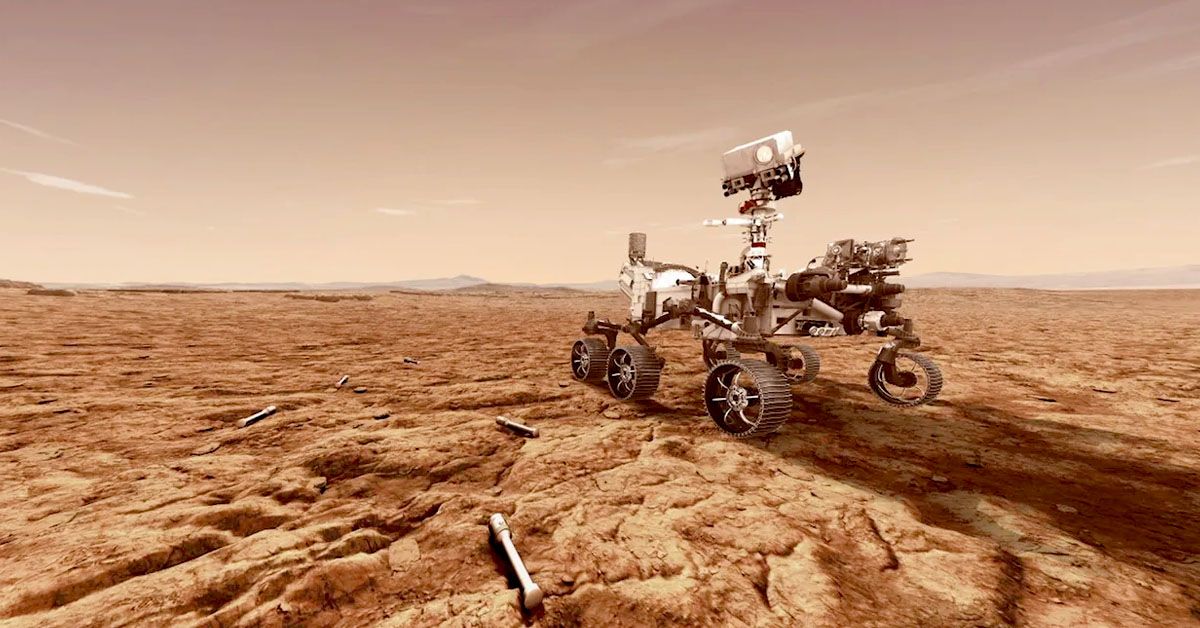Imagine You're hurtling through space at thousands of miles per hour, destined for a planet that's still largely a mystery to us. You're slated to land on the Martian surface, an event referred to as the "Seven Minutes of Terror" a daunting name for a daunting challenge. The seven minutes it takes to descend from the top of the Martian atmosphere to the ground can only be described as heart-stopping. The spacecraft has to perform this task solo, automatically. There's no human intervention, no room for error. It's a spectacle of modern engineering that still feels like a roll of cosmic dice.
The Stakes: What's On The Line?
The stakes couldn't be higher. There's an immense body of work resting on the success of this mission. From scientists who have devoted years to this project, to millions in funding, to the sheer weight of human curiosity and the thirst for knowledge. It all boils down to these seven minutes.
But the process begins much earlier, around ten minutes before atmospheric entry. We must detach the spacecraft part of the rover that has been our support during the journey. As we approach the Martian atmosphere, we are barreling at speeds of around twelve to thirteen thousand miles per hour.
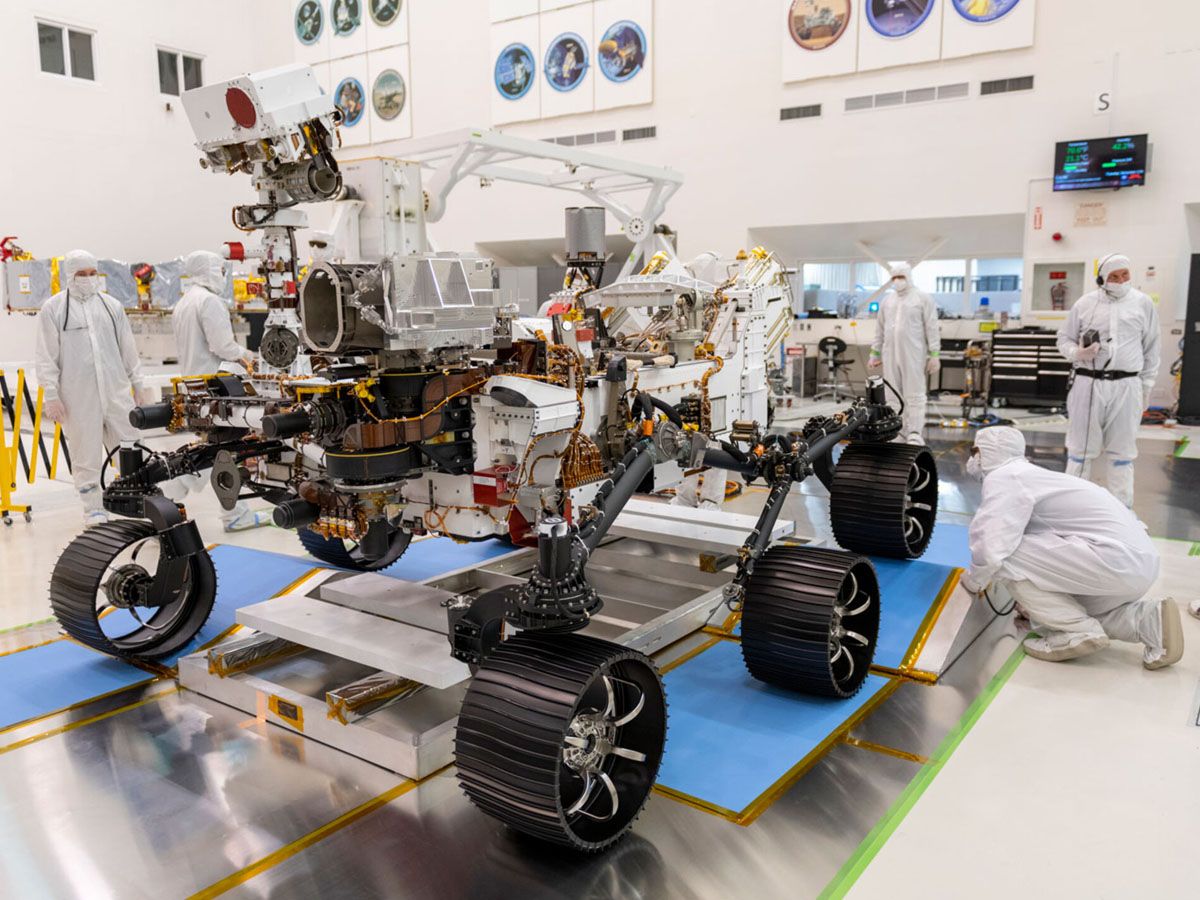
You can't help but feel dwarfed by the enormity of what we are attempting. The Perseverance mission isn't just about scientific exploration. It's also about the audacity of human endeavor, our constant push against the boundaries of what's possible.
The 'Seven Minutes of Terror: The Perilous Descent
Imagine the quiet vastness of space, punctuated by a single spacecraft, barreling toward an alien world. The Perseverance rover is out there, far from home, navigating the cold expanse. With no human hand to guide its descent, the spacecraft has to rely on pre-programmed instructions and its robotic prowess.
This autonomy is not a mere whim of design. The time delay caused by the vast distance between Earth and Mars makes any remote control impractical. Consequently, the spacecraft becomes a lone voyager, destined to undertake the perilous descent by itself. The gravity of this journey is immense. The spacecraft, traversing the thin Martian atmosphere at breakneck speeds, has to decelerate and land safely, autonomously.
The Transformation: Spacecraft to Aircraft
The descent phase is an intricate ballet of transformation and adaptation. The spacecraft must transition from an interplanetary traveler to a landing vehicle at dizzying speeds. The heat shield is the first barrier, absorbing and dissipating the vast kinetic energy as the spacecraft plunges into the Martian atmosphere.
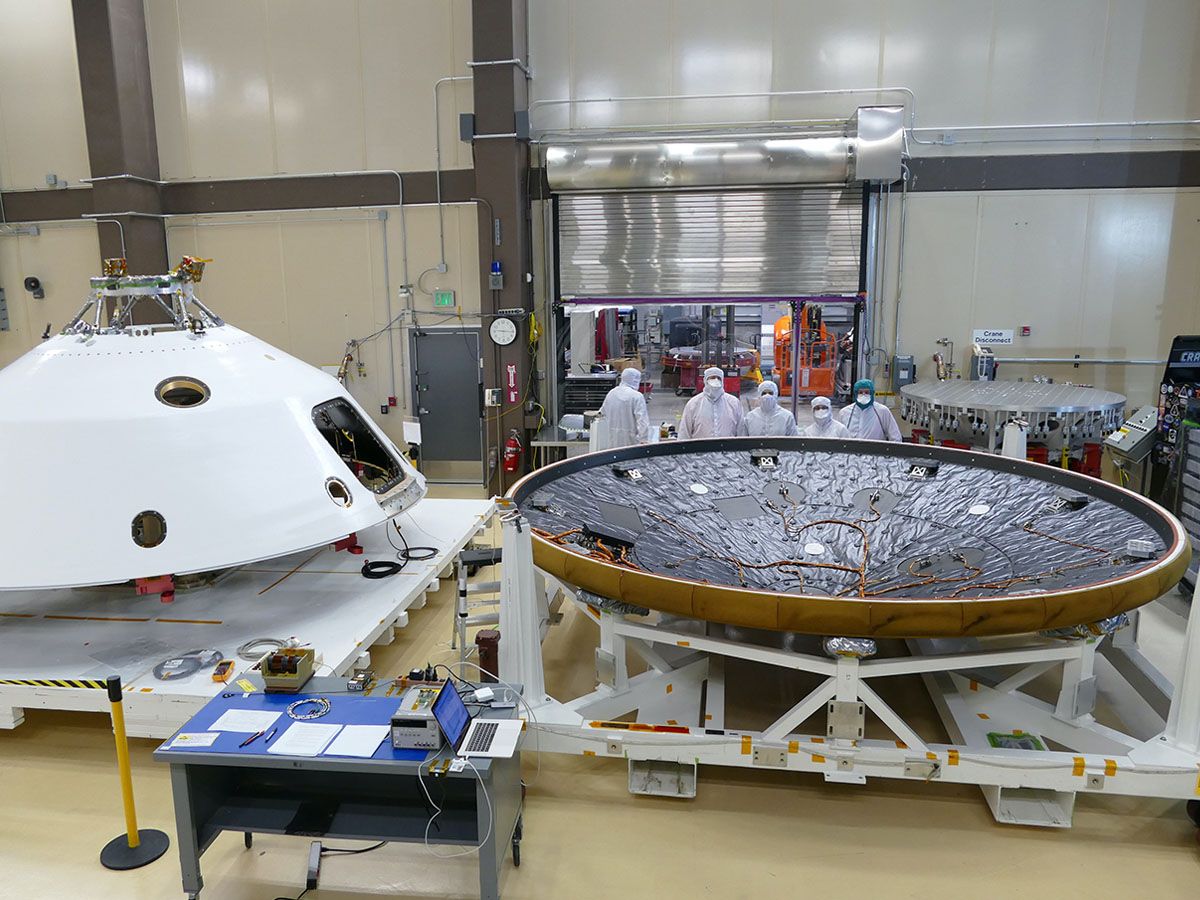
It's akin to jumping out of a spacecraft and transforming into an aircraft, guiding itself through the atmosphere. Slowly but surely, the heat shield does its job, and when the speed is low enough, it's time for the next phase. The largest supersonic parachute ever sent to another planet unfurls, a testament to human ingenuity and our drive to explore the unknown.
The Critical Role of the Heat Shield and the Parachute
These instruments, the heat shield, and the parachute, are the unsung heroes of the mission. They endure extreme conditions to ensure the safe descent of Perseverance. The heat shield bears the brunt of the atmospheric entry, surviving searing temperatures to safeguard the rover. The parachute, a marvel of engineering, is tasked with a significant slowdown of the descent speed.
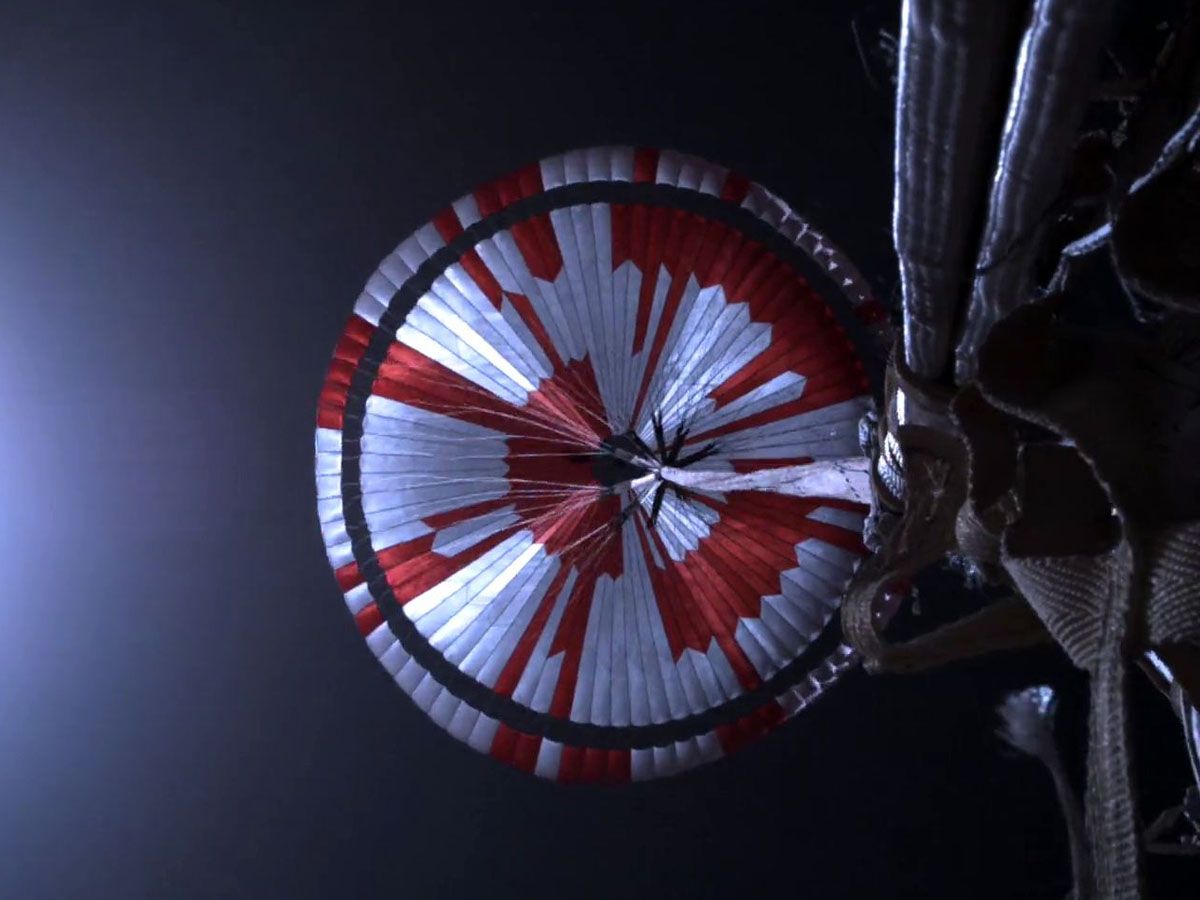
It's a job with no room for error. Just imagine: a supersonic parachute operating in an alien world's atmosphere, dramatically reducing the speed of a descent that started at a blistering twelve to thirteen thousand miles per hour. It's a testament to how far we've come in our quest to explore the cosmos.
Perseverance: A Different Kind of Rover
Let's be clear, though Perseverance is often compared to its predecessor, Curiosity, they are not the same. While Perseverance's Entry, Descent, and Landing (EDL) strategy borrows heavily from Curiosity, Perseverance herself is a different breed. She's bigger, she's tougher, and she's packed with advanced instruments.
In a nutshell, she's a supercharged version of Curiosity, equipped to handle the more significant challenges and make groundbreaking discoveries on Mars. It's a case of 'what worked before is great, but let's go a step further.' That extra step is what makes Perseverance truly special.
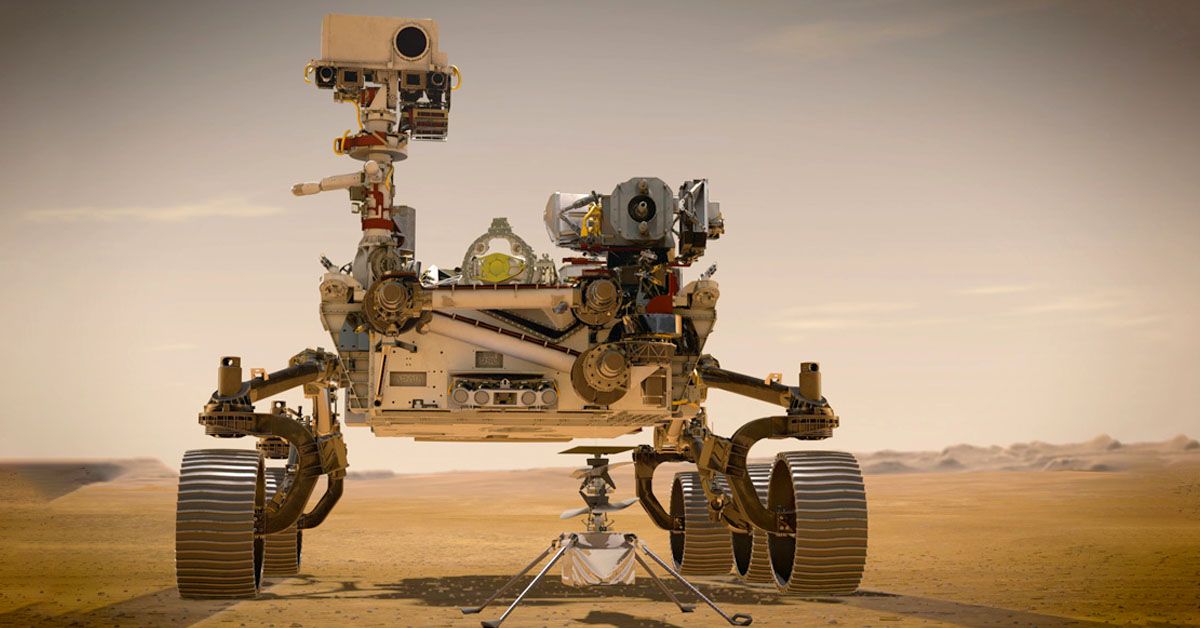
Perseverance's landing site, Jezero Crater, encapsulates this daring spirit. Scientists believe that Jezero Crater was once an ancient lakebed, making it a promising place to look for signs of ancient microbial life. It's like a time capsule, offering us a glimpse of Mars's past.
But as tantalizing as the prospect of finding signs of past life is, Jezero Crater is also treacherous. It's fraught with dangers that make landing a high-risk endeavor. Picture this: a landscape dotted with cliffs, rocks, and craters - a minefield
Role of Range Trigger in Reducing Landing Ellipse
As we dive deeper into the complexities of the Perseverance mission, one ingenious innovation stands out - the Range Trigger technology. This novel addition to our arsenal has a pivotal role in fine-tuning the rover's descent onto the Martian surface. The Range Trigger determines the most opportune moment to deploy the parachute based on the spacecraft's position relative to the target landing spot.
This fine-tuned control over the parachute deployment significantly reduces the landing ellipse size, shrinking it by over 50%. This enhanced precision is a game-changer, making landings in scientifically important and challenging locations viable.
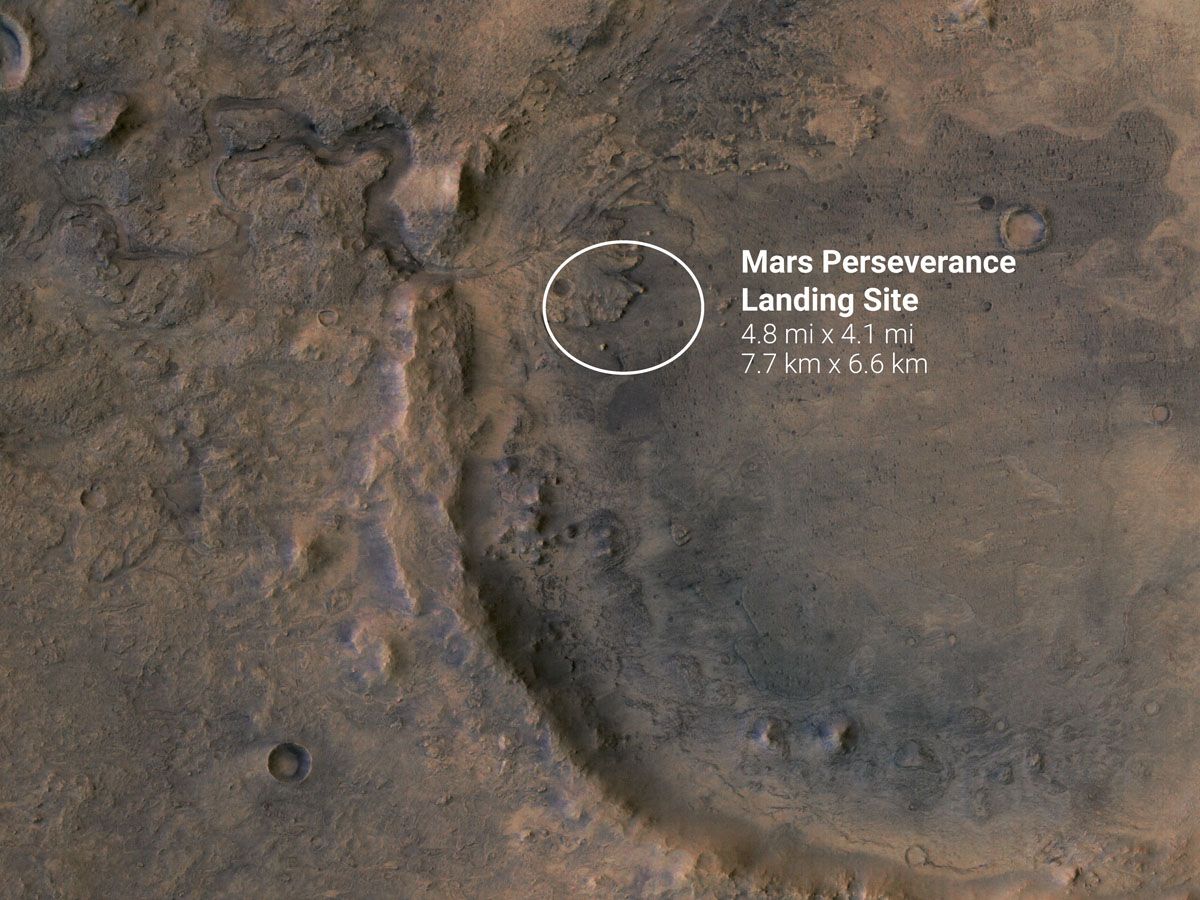
The smaller the landing ellipse, the more targeted the landing, which directly benefits the mission. Precision landing saves valuable time that would otherwise be spent driving the rover to the intended work site.
Imagine cutting a year off your commute! The benefits of the Range Trigger strategy go beyond time-saving, extending to risk reduction for future Mars Sample Return missions. By achieving a precise landing closer to surface samples, the necessity of traversing hazardous terrains is minimized, reducing the overall risk to the mission.
Terrain-Relative Navigation: Navigating the Dangerous Martian Terrain
Cue the Terrain-Relative Navigation system, another crucial tool in Perseverance's kit. This technology is crucial for exploring challenging terrains marked by steep slopes and large rocks, much like the Jezero Crater. It allows us to consider landing sites that would otherwise be deemed too risky.
By taking images during descent, the rover can quickly identify hazardous areas and divert its course to safer terrain if necessary. This is akin to landing with your eyes open. The estimation error during descent is significantly reduced using Terrain-Relative Navigation, achieving an accuracy of about 130 feet or better.

So, how does Terrain-Relative Navigation work? It starts by creating a landing site map using images taken by Mars orbiters. As the rover descends, it compares the surface landmarks in the images to its onboard map to determine its heading. Simultaneously, it references another onboard map of safe landing zones. This allows the rover to determine the safest place to land and steer away from dangerous ground.
The Descent Stage and the Skycrane Maneuver
As Perseverance nears its touchdown, the descent stage and the skycrane maneuver come into play. This audacious piece of engineering sees the rover tethered to a descent stage, a platform equipped with rocket engines. The descent stage carries Perseverance down to about twenty meters off the ground, where the skycrane maneuver begins.
The rover is then lowered on tethers while the descent stage controls its speed and trajectory. It's a thrilling, complex, and delicate operation that perfectly encapsulates the spirit of the Perseverance mission.
The Landing: Start of the True Mission
With a successful landing, the rover's primary task begins: to search for signs of past life on Mars. And none of this can commence until Perseverance has touched down safely on the Martian soil. The moment the rover hits the ground, the descent stage, having fulfilled its purpose, severs the tethers and flies away to a safe distance, leaving Perseverance ready to embark on her groundbreaking exploratory mission.
The seven minutes of terror are over, but for Perseverance, this is only the beginning. Now, the rover stands alone on the dusty Martian terrain, ready to unravel the secrets of the Red Planet. With a powerful suite of scientific instruments, Perseverance begins her mission, searching for signs of ancient microbial life, studying Mars's geology and climate, and paving the way for future human exploration.
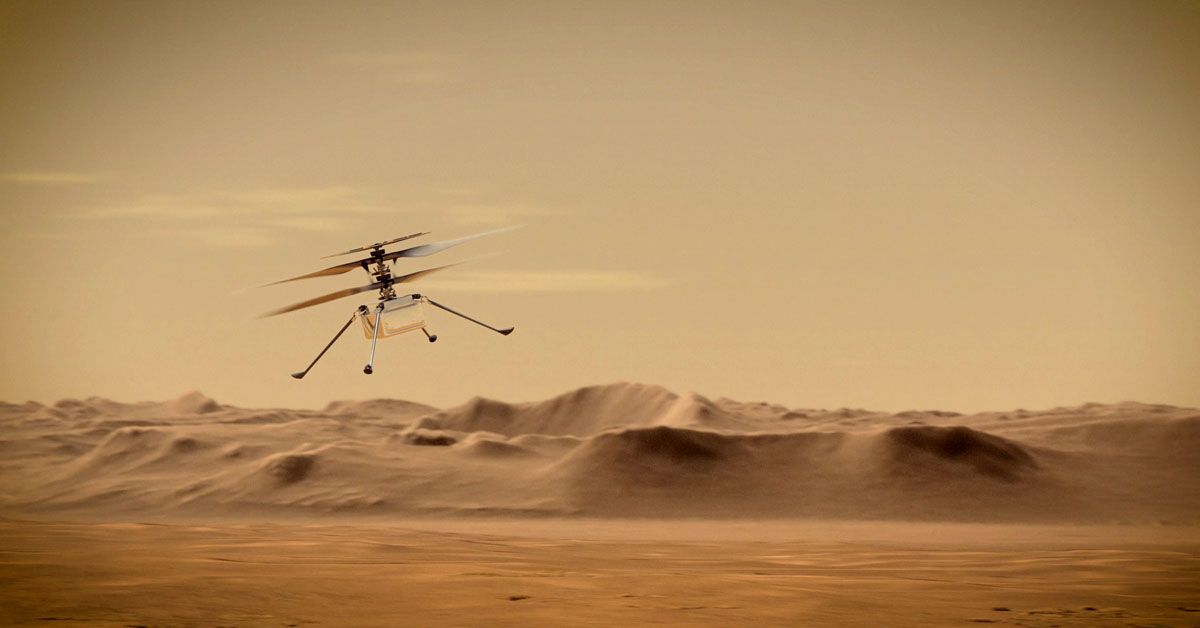
Journeying across Jezero Crater, the rover sends back high-resolution images, offering us an unparalleled view of an alien world. These breathtaking panoramas of Mars are not merely for our enjoyment, though. They provide crucial data for scientists back on Earth, giving us a fresh perspective on Mars, revealing its layered history, and perhaps, pointing towards its past habitability.
From the moment of touchdown, every second on Mars is precious. Time ticks on, but each tick brings us closer to answering the age-old question: Was there ever life beyond Earth? For the rover Perseverance, the landing marks the end of one journey and the start of another. It’s an exploration into the unknown, a pursuit of knowledge, and a beacon of hope for our future as a spacefaring civilization.
